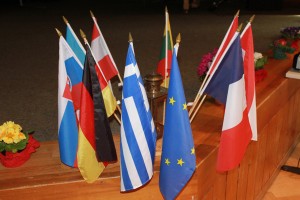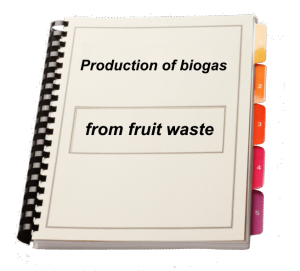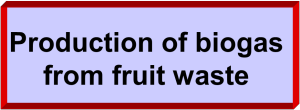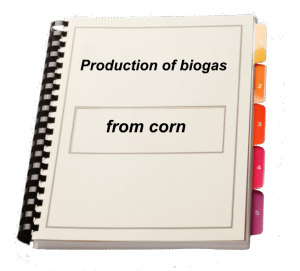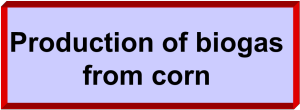The energy mix which is developed in our project, is completely different from the current energy mix from Europe but we believe that till 2050 our suggested mix could be realized if each country helps to work on it.
Biggest differences:
in our suggestion the number of renewables is on the level of 75% the current renewables 2015 are at 13%.
the goal from the European union should be independent of fossil fuels because till 2050 maybe they will come to an end. So in our suggestion they should be reduced from the current level of 75% (gas, coal, oil) to 11% We think, that the nuclear power plants shouldn’t be increased, because of the high risk. So in our opinion the risk is reduced by high-tech power plants, which are built in regions which are endangered by earthquakes, so they could still be used, because they are also important for the base-loadable energy production. Furthermore, the first countries found a solution for storing the nuclear waste in low risk storages. In the renewables we see a big potential in the hydro power, its’s on the current level of 5% and we suggested an increase to 23% because in our opinion we can use brooks for energy production in many small hydro power plants. But with those hydro power plants it’s necessary to protect the nature. For example, with building fish stairs. So we think using hydro power is the most intelligent solution, because the kinetic energy of water can be used for the energy production day and night because it’s independent from environmental influences. That means hydro power is base-loadable energy. Our composition in the renewables are:
solar power with 13%, wind with 10%, geothermal energies with 9%, bioethanol 9%, biogas 11%.
Another high potential we see in solar power with 13%. Solar Energy is only available on the day, but we are sure, that in the future with a development of high-tech batteries, this energy could be stored and could make family homes independent from the grit.
With a sensible agriculture and all the organic waste products, it should be possible to produce biomass and bring it up to 20%. This biomass has to be transformed to 11% biogas and 9% bioethanol. We suggest to use bioethanol just as a fuel, mainly in cars, for substituting fossil fuels.
Not at every places the wind is blowing strong enough for an effective wind energy production. Out of this reason, we suppose for countries, which are located at the sea, offshore wind mill parks, which are very effective. Together with the onshore wind mills, we believe, that the wind energy could reach the amount of 10% till 2050.
Even if it’s quite risky, because of inducing earthquakes, we give geothermal energies 9%, because in our opinion it’s a sustainable energy because the heat of the earth is available all the time, so the produced energy is base-loadable.
So to sum it up, our suggestion for 2050 seems to be very innovative, but achievable, if Europe works together.











